They called them “tumbleweed wagons” because like their namesake, the Russian thistle, they seemed to wander aimlessly across the territory picking...
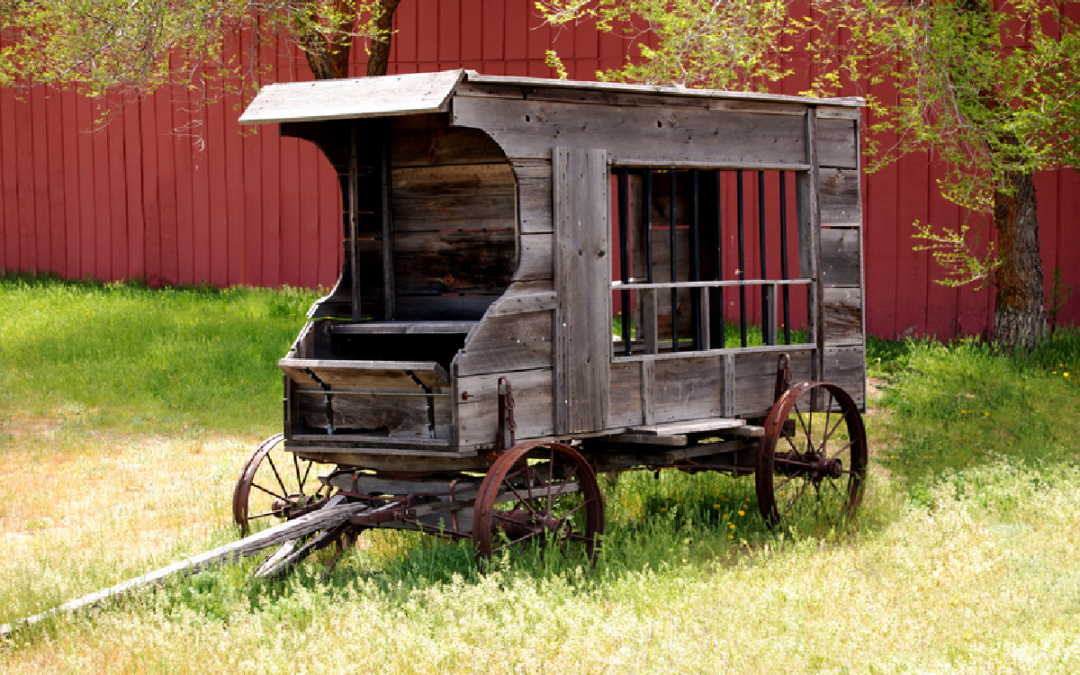

They called them “tumbleweed wagons” because like their namesake, the Russian thistle, they seemed to wander aimlessly across the territory picking...
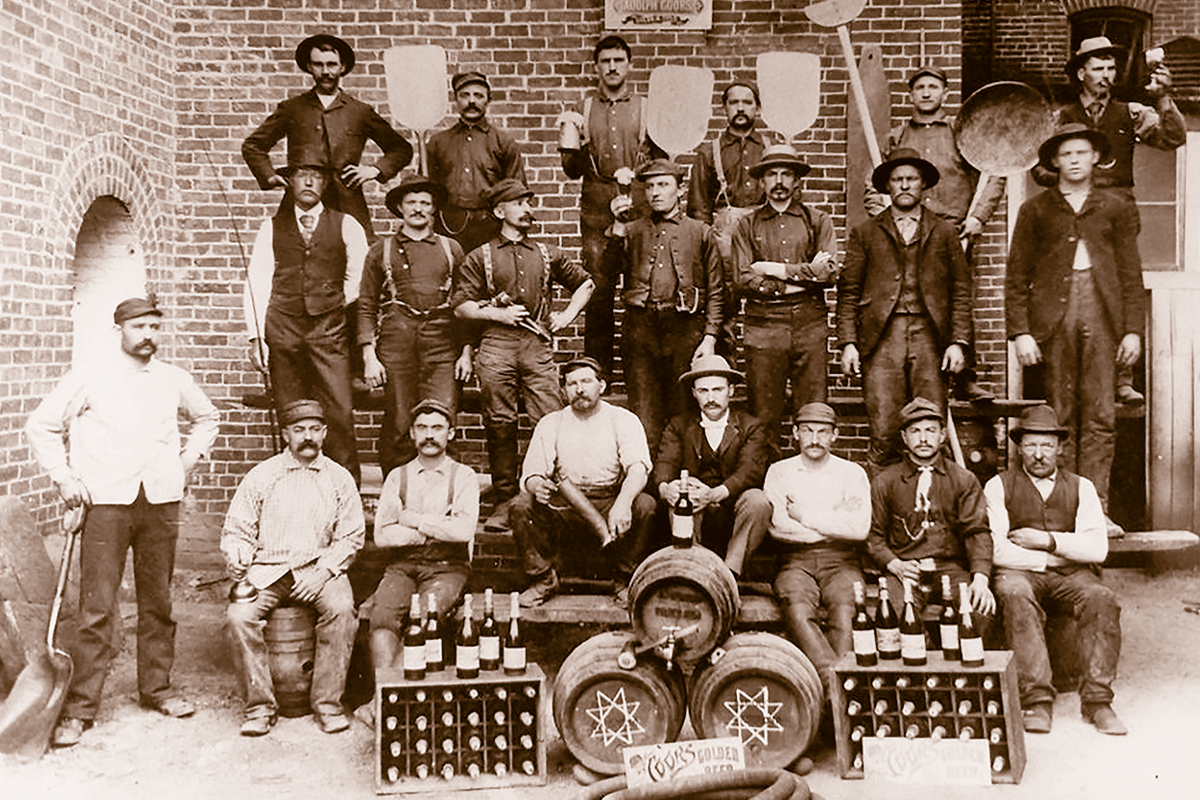
I was reading some stories about Tombstone; some historians have speculated that Billy Breakenridge may have been gay? Is this true? Paul Gortarez...
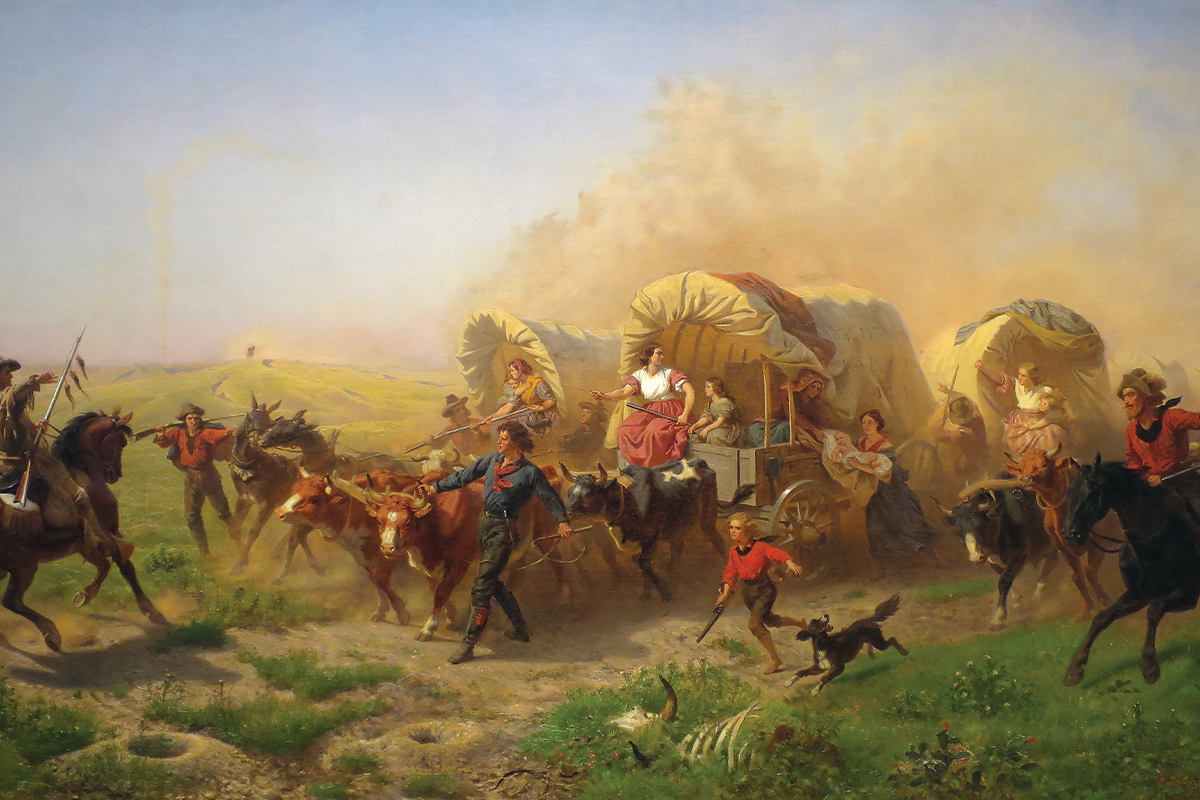
Emanuel Leutze’s 1863 oil Indians Attacking a Wagon Train vividly captured and perpetuated the fears of Americans migrating West on the Overland...
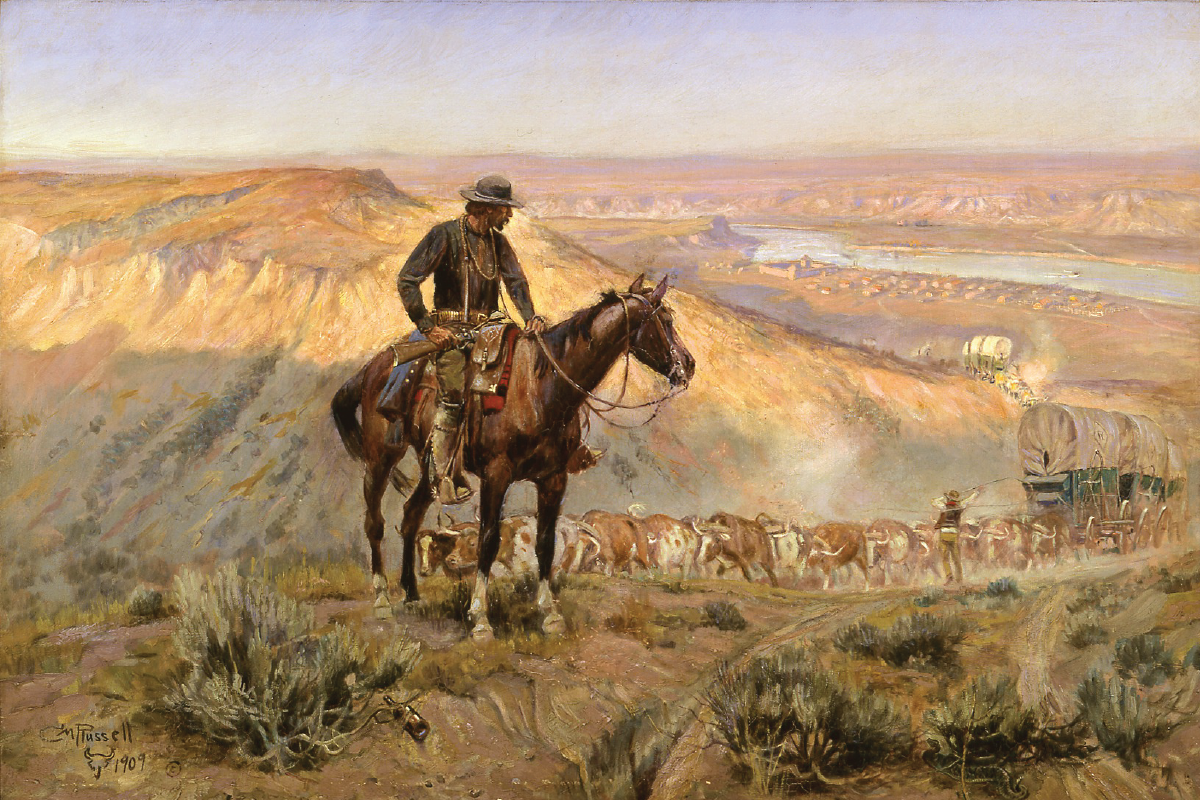
It wasn’t only the Indians who made life precarious for the travelers on the Santa Fe Trail. The country was literally crawling with rattlesnakes,...
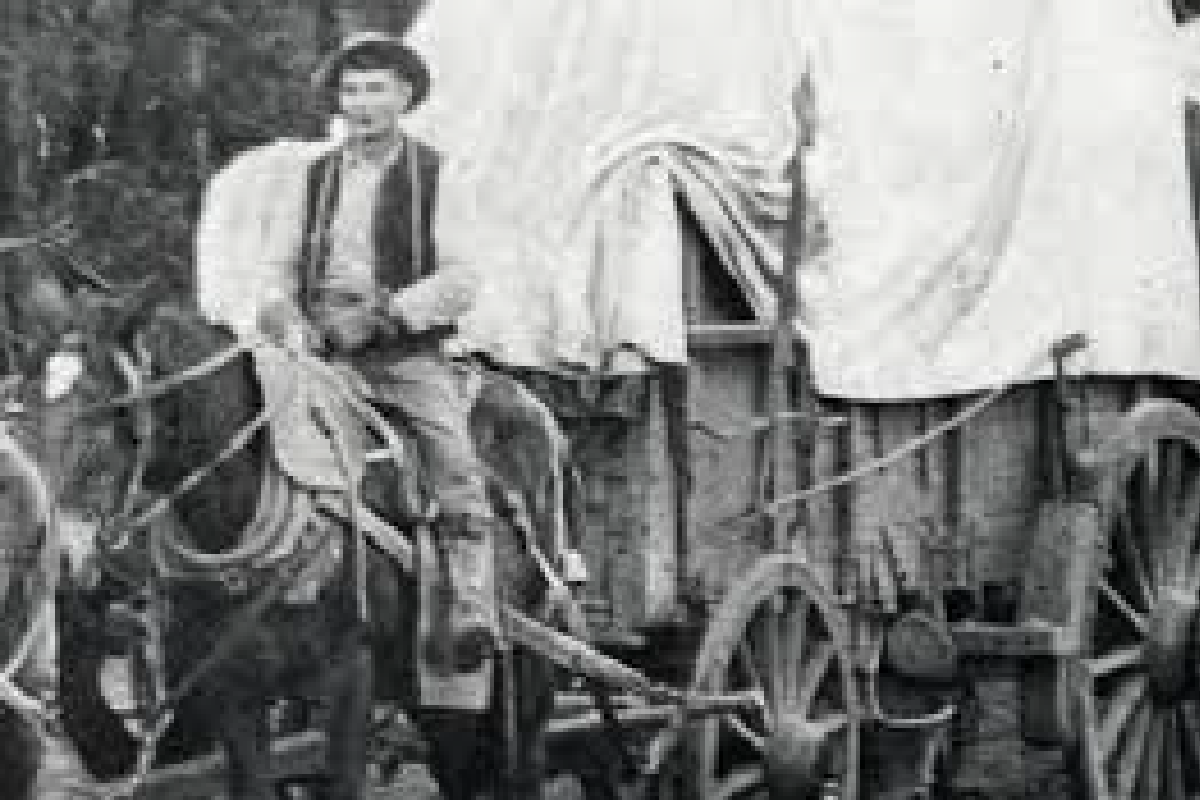
The wagon trains first began heading west in the early 1820s with the opening of the Santa Fe Trail from St. Louis. However, the emigrant trains to...
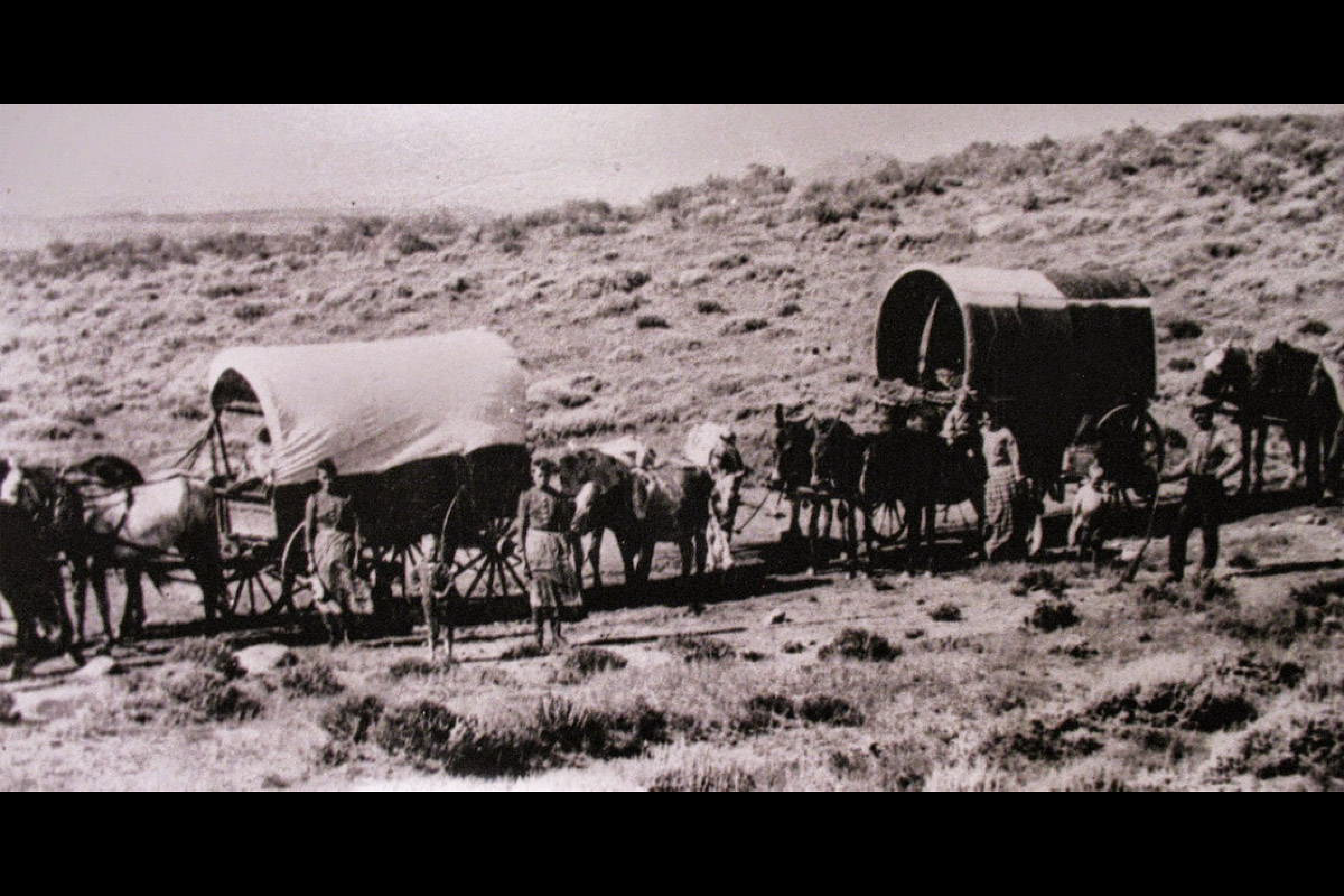
Most wagons were about six feet wide and twelve feet long. They were usually made of seasoned hardwood and covered with a large, oiled canvas...
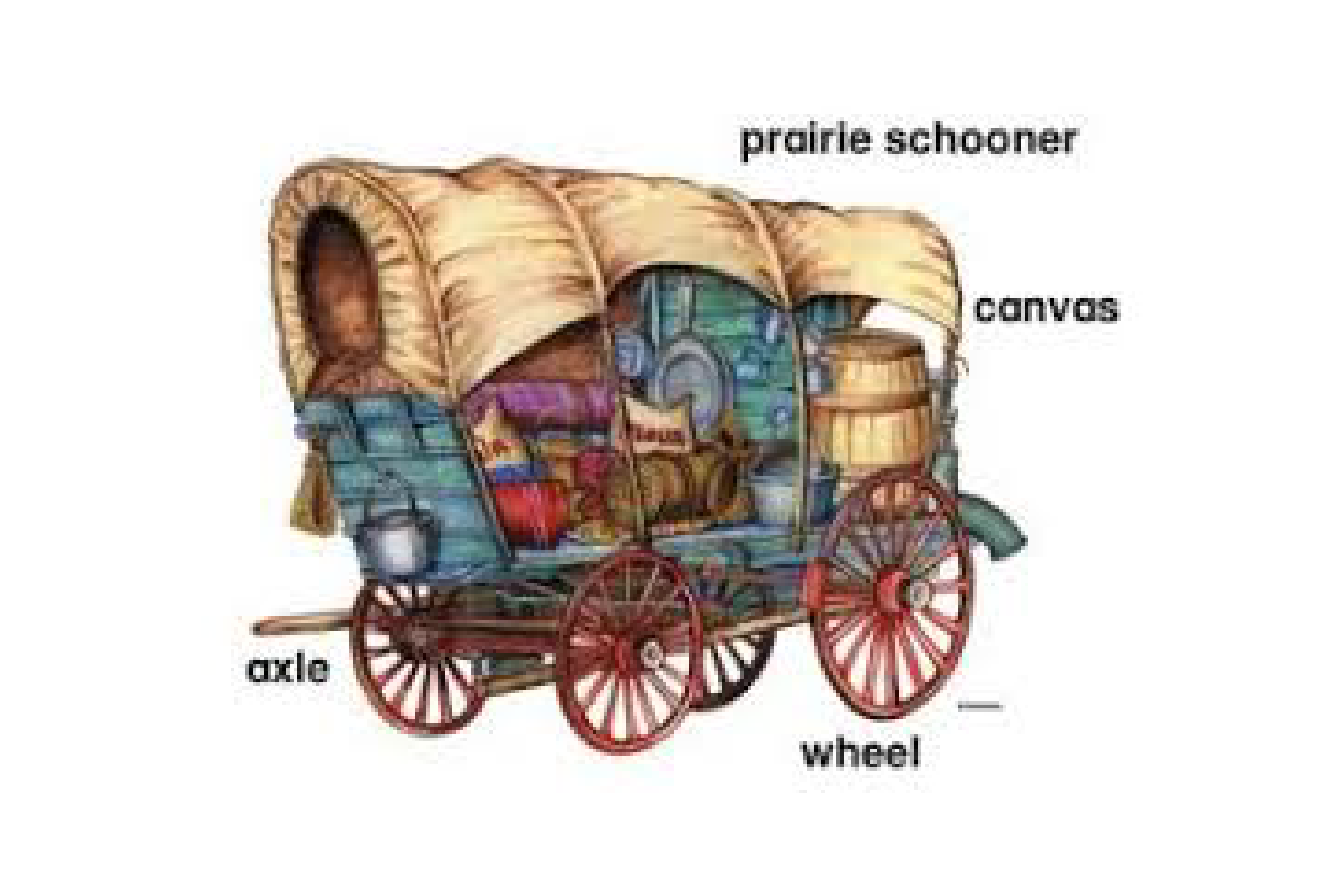
Though some American settlers had traveled to Oregon and California in the 1830s, West-bound wagon trains really started heading out in great...
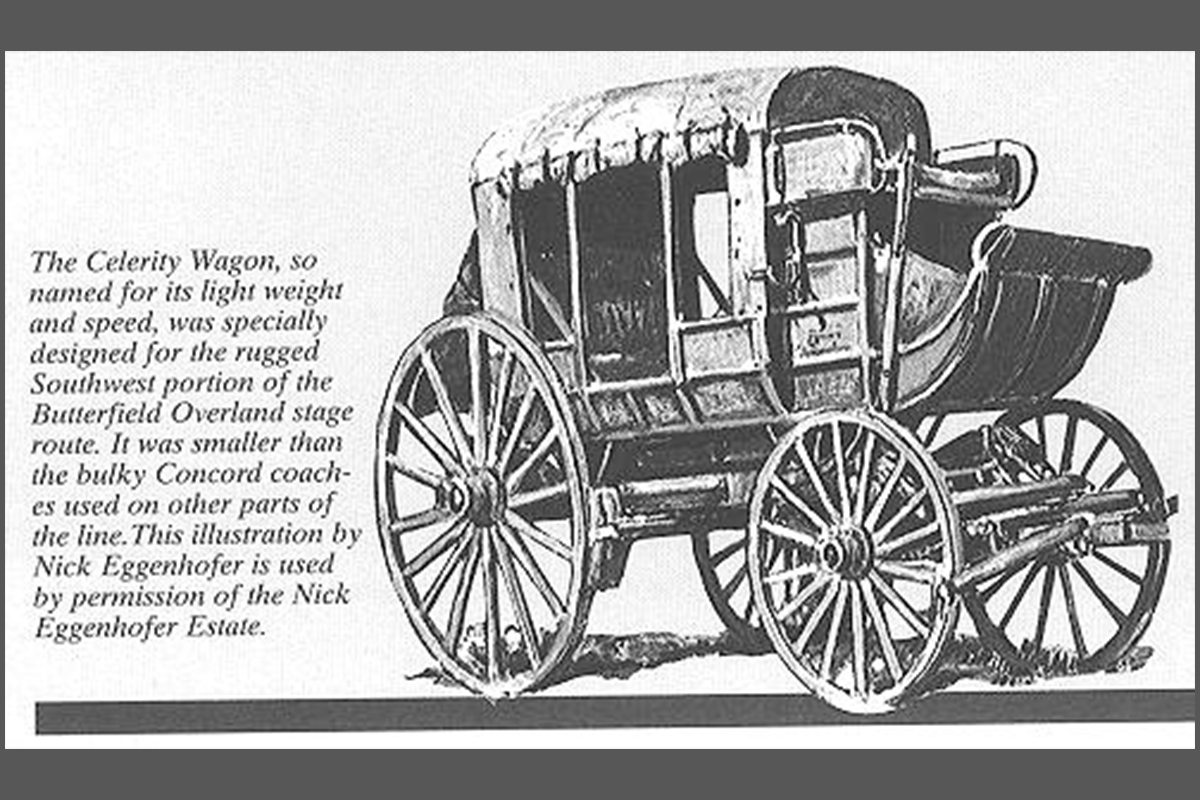
Normally a stagecoach was pulled by what was known as a 6-up hitch. Less common was a 4-up or four horses. The wheel team on a 6-up, those at the...
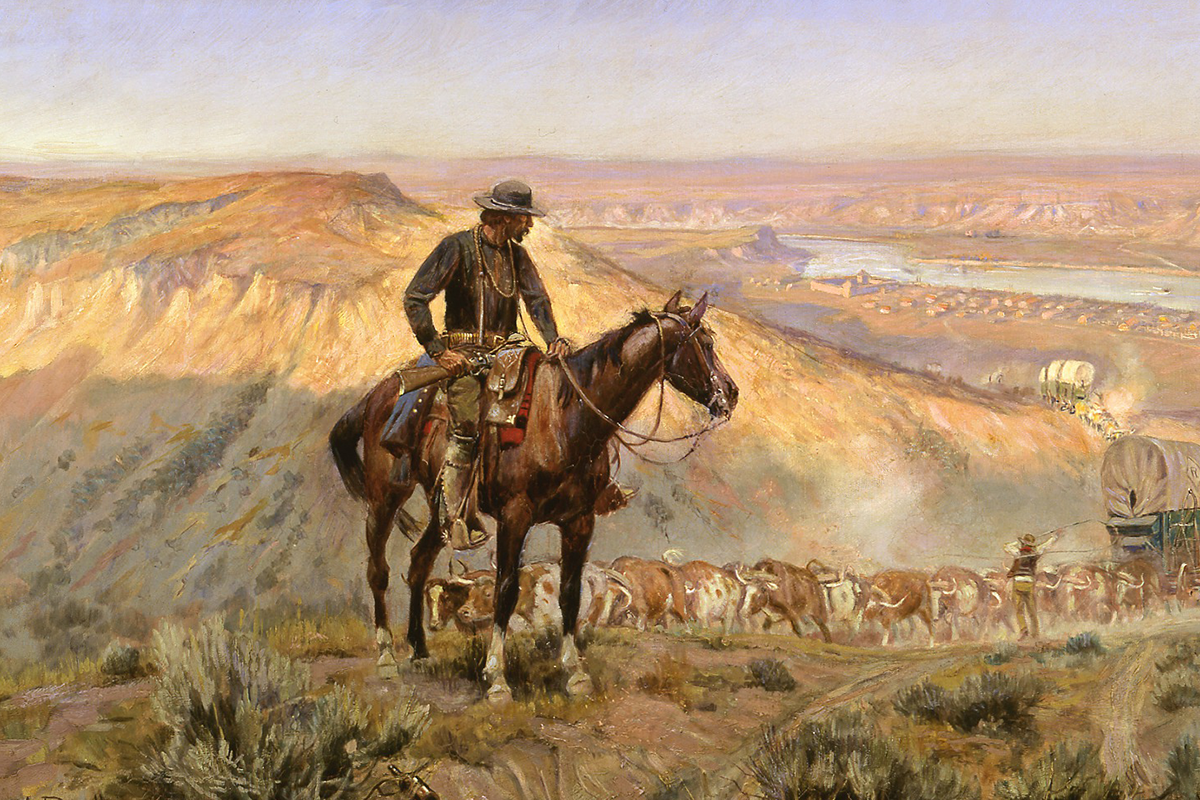
The wagonmaster was almost invariably a powerful man who rose from the ranks of bullwhacker on the basis of his leadership qualities. His word was...
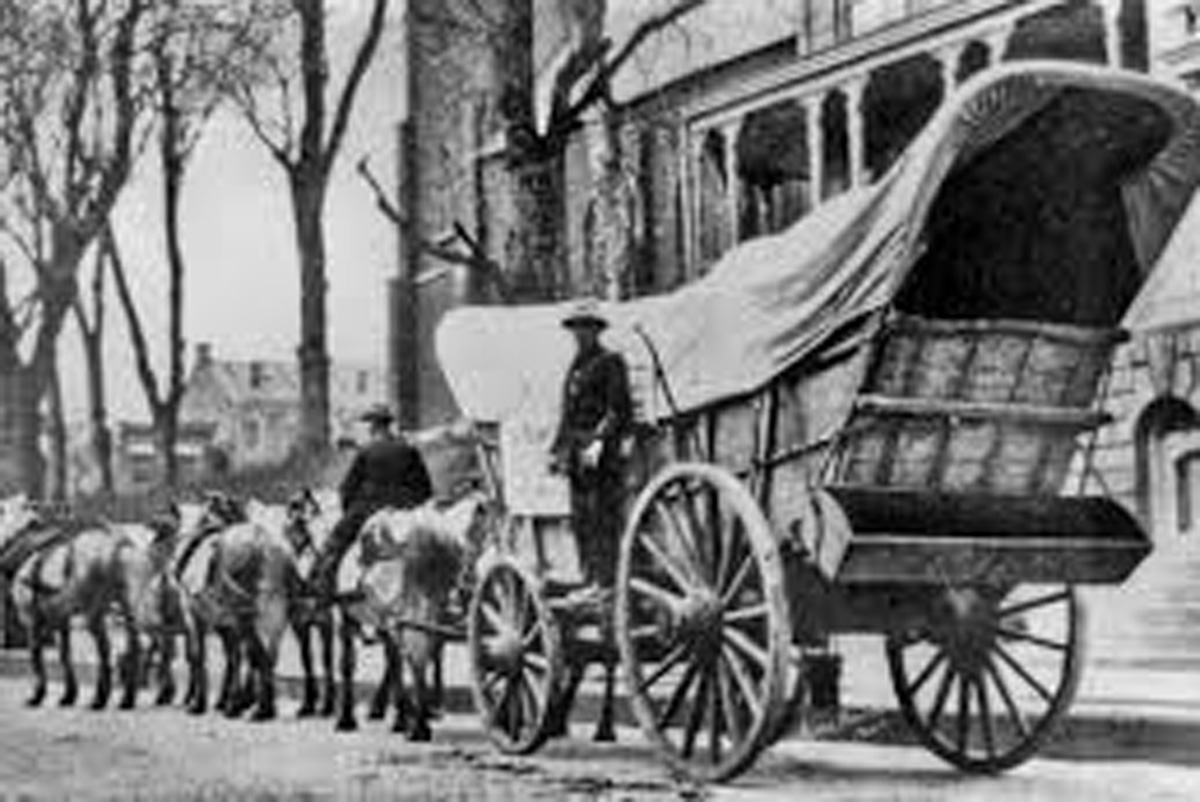
Conestoga Wagons The Conestoga wagon was large, heavy and built to haul loads up to six tons. Built by the Pennsylvania Dutch along the Conestoga...

It’s seen toward the beginning of the Clint Eastwood movie “Hang ‘em High.” A wagon, a jail on wheels, a paddy wagon, that carries Eastwood and...